Ai has altered photography as we know it.
And it’s only just begun. If you make a living as a photographer it’s imperative that you spend the time to understand and contemplate how artificial intelligence will completely change your practice. For many, AI has already changed processes in a variety of predictable ways. The key for any successful person is to foster personal relationships that can provide gainful opportunities. It really is all about who you know. When considering AI there are two choices:
Ignore.
Embrace.
It’s true that photography was an art form. Unfortunately for the artists, technology has democratized the expertise so that any person can capture a stunning image without much knowledge of how it occurred. This incredibly disruptive reality has given birth to voluminous consequences tailored to each person uniquely—in part depending on their reliance on what the camera has been able to provide them: a living, a hobby or a supporting role in each. If your survival is dependent on photography then it might be wise to diversify your services as quickly as possible.
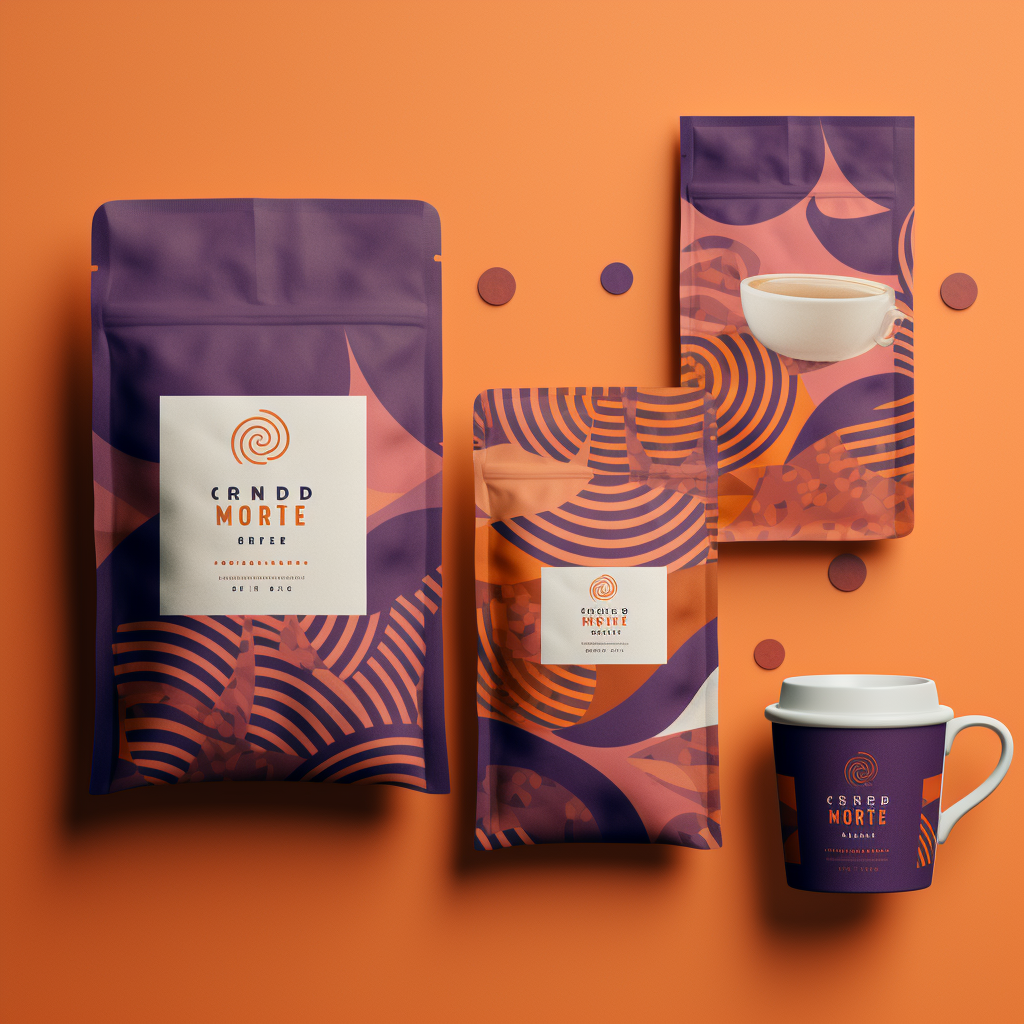
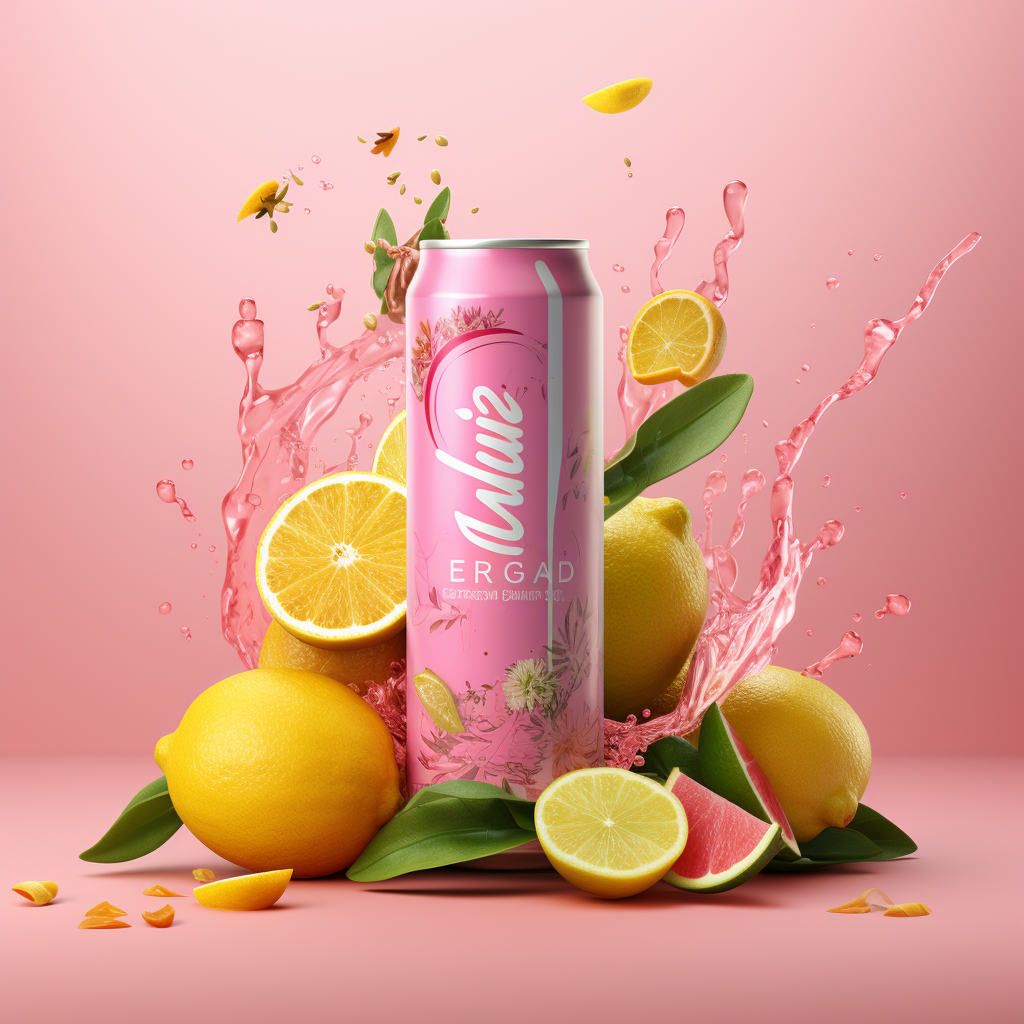

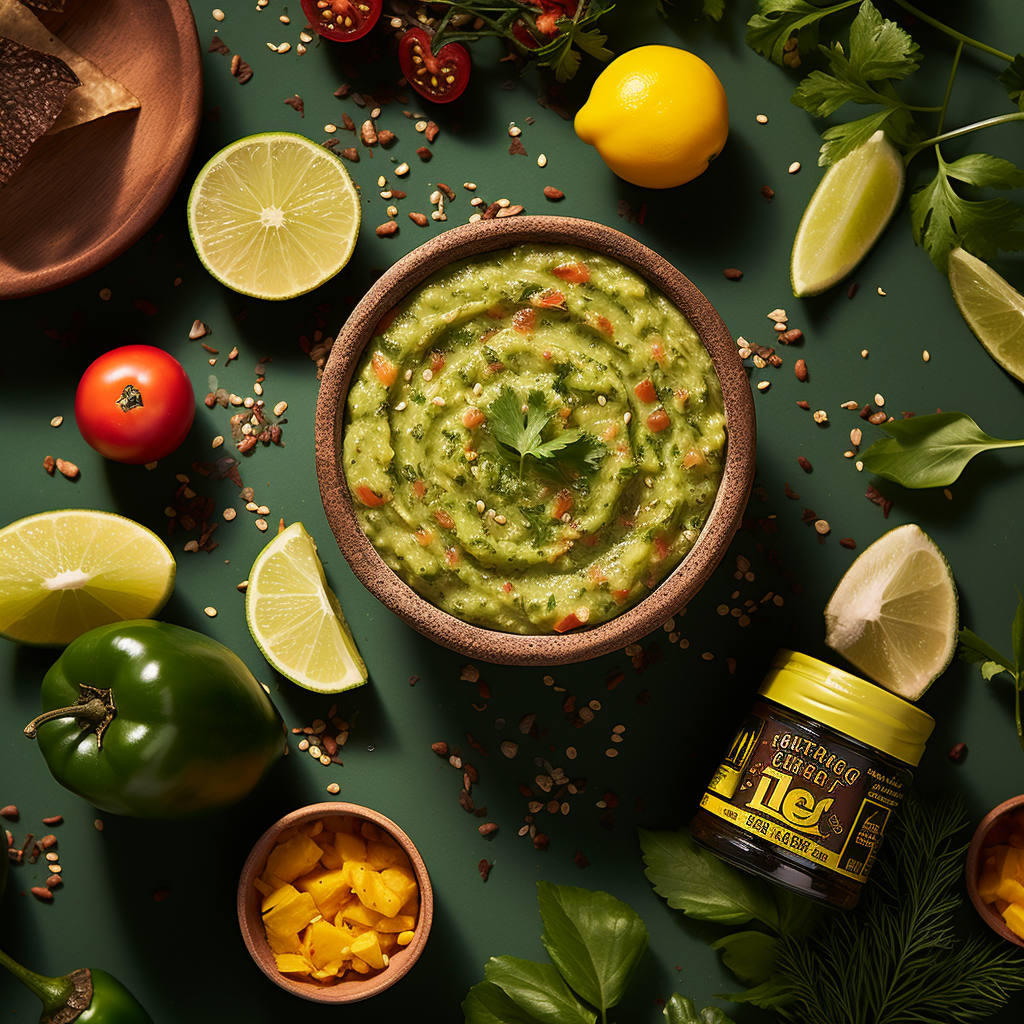



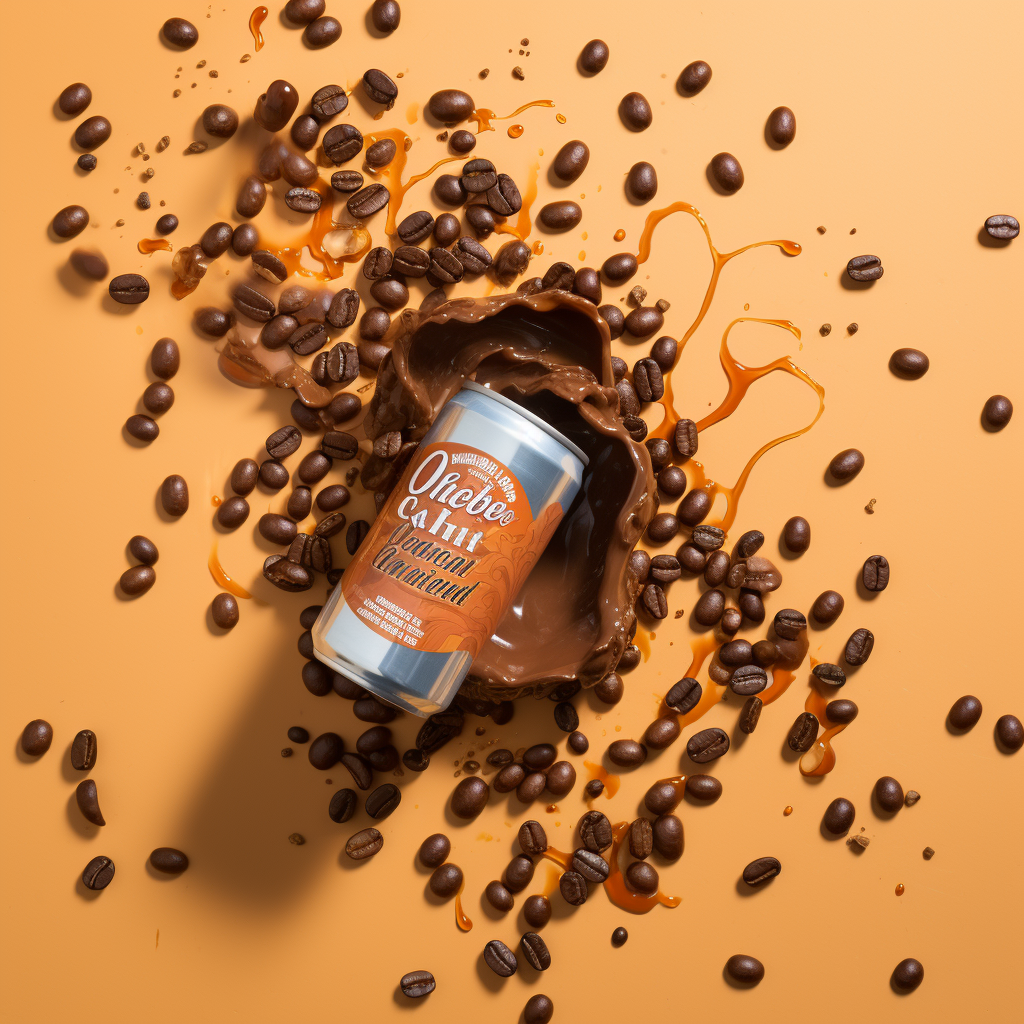

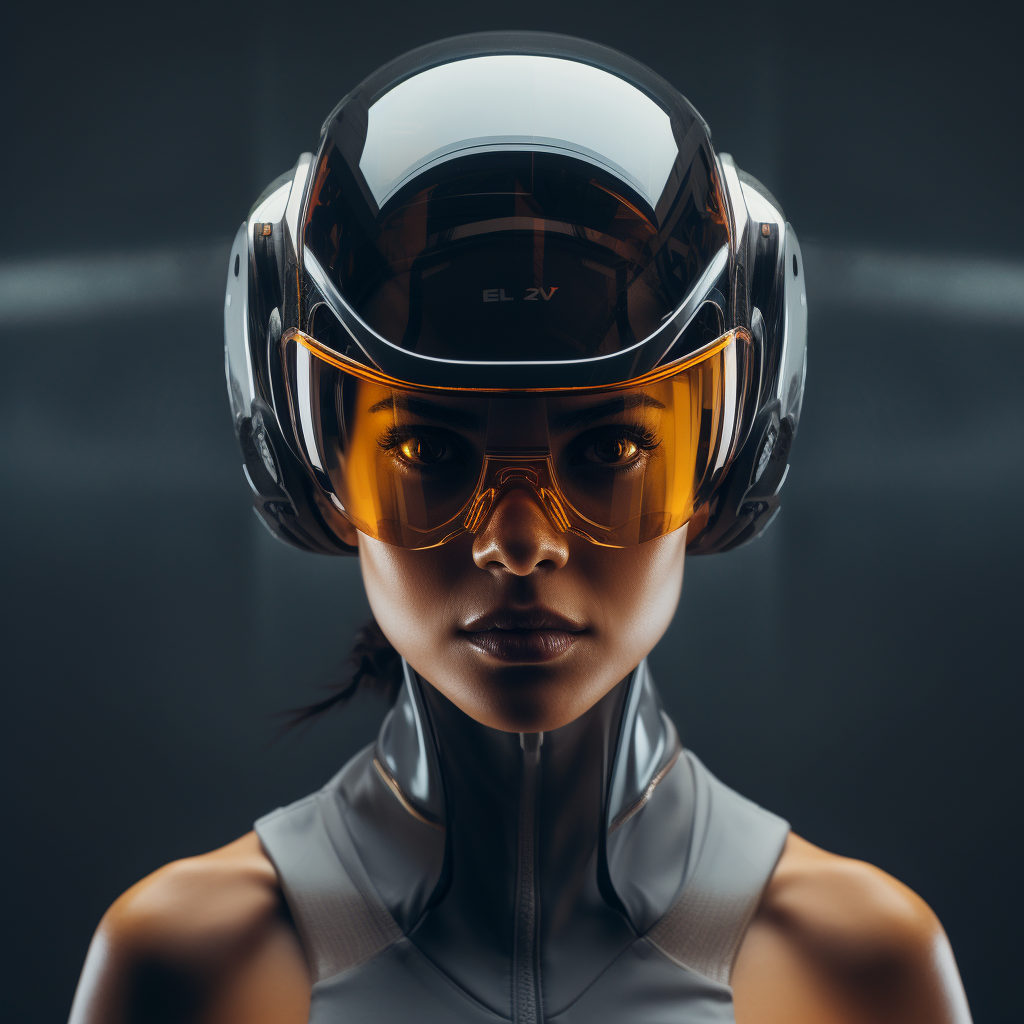
It may be important to add AI prompt writing to your photography services. Capturing beautiful images is easier today. The same is true for video. Incorporating AI into the mix will make content creation even easier for the layperson to create commercial-grade content without necessarily spending the time and effort understanding the trade.
Let’s look closely at eight ways AI is changing photography today. These methods are occurring right now throughout various industries and will likely continue to accelerate as use cases increase and education becomes more widespread.
Image enhancement - Algorithms can automatically adjust lighting, color, sharpness, and other parameters to improve quality. Tools like Photolemur optimize photos at scale.
Intelligent cropping - AI can identify key visual elements, faces, or text and automatically crop images to highlights subjects and remove distractions. Results are faster than manual cropping.
Volume optimization - For ecommerce sites, AI services like Snapshot can analyze and refine multiple product images to create visual consistency. This saves editing time.
Image tagging - Computer vision techniques can automatically tag product images based on detected objects, characteristics, styles etc. This enables smart sorting and search.
Augmented reality - AR can insert digital models into real environment photos. This allows showing products in context and interactive previews.
3D modeling - AI can generate 3D models from 2D images to create interactive product visuals, animations and augmented reality experiences.
Image merging - AI objects can be incorporated into standard photographic images to enhance or create a scene that would be impossible or unexpected.
Background removal and image masking - AI tools like RunwayML can precisely mask products and remove or replace backgrounds. This creates clean, consistent image sets and enables creative visuals.
Overall, AI is transforming product photography by automating complex and time-intensive editing tasks to deliver higher quality at scale. This brings efficiency and enhanced visual appeal. The choice to harness this technology and incorporate it into a suite of tools is likely the best path forward for any creative person. The earlier your entry the better. It’s an understatement to highlight how technology is disrupting swaths of industry around the world. We live in the age of disruption, don’t get too comfortable.
Want to chat more? Contact us at Gravis, a boutique creative agency based in Birmingham, Alabama. We specialize in creating brands from the ground up, or refreshing existing brands that are looking to redefine their meaning and focus. Our expertise includes campaigns, photography, video and motion design for social, organic and paid media. Our approach uses a strategy we call “Heart / Mind / Cart” that seeks to win audiences, inform them of your brand’s features and benefits, and drive conversions through our marketing efforts.
Reach out to our team today: hello@gogravis dot com.
